Total T3
(Specimen Container)
SST (Tiger Top)/Lithium Heparin/ Sodium Heparin/ Potassium EDTA
(Transport Temperature)
| Temperature | Period |
|---|---|
| Room temperature | Unacceptable |
| Refrigerated | 7 days |
| Frozen | Testing delayed more than 6 days, specimens should be frozen at -10° or colder. |
If testing is delayed more than 24 hours, remove serum or plasma from the clot, red cells, or seprarator. Transport Refrigerated.
3,5,3’ Triiodothyronine (T3) is a thyroid hormone with a molecular weight of 651 daltons and a half-life in serum of 1.5 days. T3 circulates in the blood as an equilibrium mixture of free and protein bound hormone. T3 is bound to thyroxine binding globulin (TBG), prealbumin, and albumin. The actual distribution of T3 among these binding proteins is controversial as estimates range from 38-80% for TBG, 9-27% for prealbumin, and 11-35% for albumin. The binding of these proteins is such that only 0.2-0.4% of the total T3 is present in solution as unbound or free T3. This free fraction represents the physiologically active thyroid hormone.
It has become apparent in recent years that T3 plays an important role in the maintenance of the euthyroid state. Serum T3 measurements can be a valuable component of a thyroid screening panel in diagnosing certain disorders of thyroid function as well as conditions caused by iodine deficiency. Clinically, measurements of serum T3 concentration are especially valuable in diagnosing hyperthyroidism and in following the course of therapy for this disorder. Under conditions of strong thyroid stimulation, the T3 measurement provides a good estimation of thyroid reserve. Recognition of a thyroid dysfunction called T3-thyrotoxicosis, associated with an increased serum T3 level but normal thyroxine (T4), free T4, and in vitro Uptake results have further highlighted the importance of serum T3 measurements. Dietary iodine deficiency results in inadequate production of thyroid hormones despite the presence of normal thyroid tissue. In these cases, the serum T4 concentration is often low while the Thyroid Stimulating Hormone (TSH) concentration is elevated. Elevated TSH associated with low T4 is normally indicative of hypothyroidism. However, in iodine deficiency, these results together with normal or slightly elevated serum T3 are indicative of euthyroid status in most individuals.
T3 levels are also affected by conditions which affect TBG concentration. Slightly elevated T3 levels may occur in pregnancy or during estrogen therapy, while depressed levels may occur during severe illness, malnutrition, in renal failure and during therapy with anti-thyroid drugs, propranolol and propylthiouracil and salicylates. In patients with severe or chronic illnesses, many abnormalities of thyroid hormone balance occur. T4 production and the extent of serum thyroid hormone binding may be independently abnormal, resulting in a low, normal or high free T4 estimate. Serum T3 concentrations are often low; TSH levels may be normal or slightly elevated. Total T3 measurements may be valuable when hyperthyroidism is suspected and the free T4 estimate is normal. The Alinity i Total T3 assay is to be used as an aid in the assessment of thyroid status.
0.35 – 1.93 ng/mL

